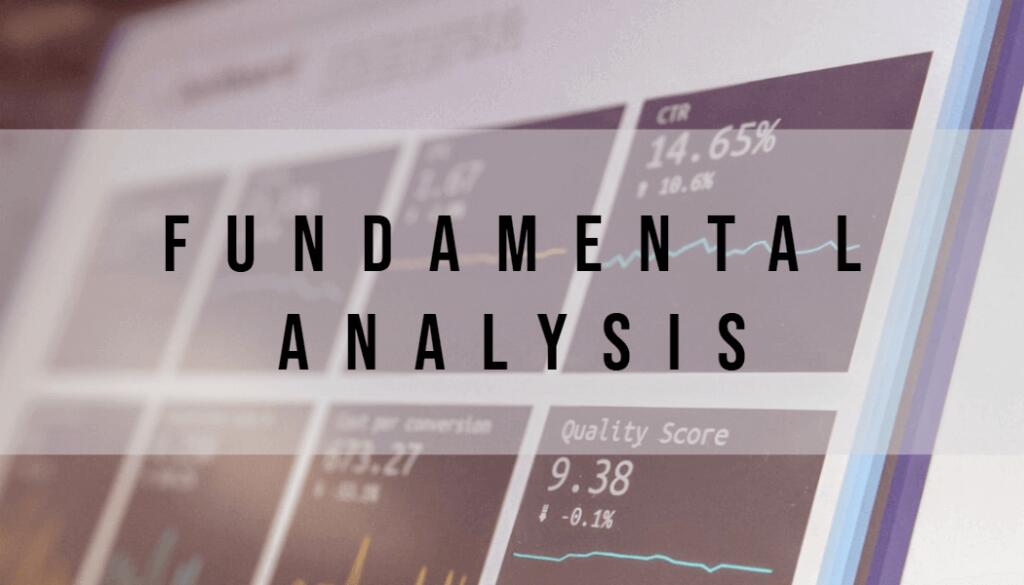When you are trading such a market, you may have to use wider stop loss and take profit levels, as well as have sufficient margin in your account to avoid a margin call. HV and other related indicators, such as Bollinger Bands and ATR, can be used conveniently to estimate the volatility in the market when trading. When HV is rising or is higher than average, it means that the price is moving up and down more frequently than normal. This is an indication of uncertainty in the asset and a sign of a potential shift in the current trend.
This calculation may be based on intraday changes, but often measures movements based on the change from one closing price to the next. Depending on the intended duration of the options trade, historical volatility can be measured in increments ranging anywhere from 10 to 180 trading Etf trader days. There are a few common mistakes that people make when using historical volatility. Historical volatility should be based on at least a year’s worth of data, and preferably longer. For example, if the stock price goes up, the historical volatility will usually go down.
Negative alphas are bad in that they indicate the fund underperformed for the amount of extra, fund-specific risk the fund’s investors undertook. Alpha is calculated using beta, so if the R-squared value of a fund is low, it is also wise not to trust the figure given for alpha. There are several factors to consider when looking at implied volatility like supply and demand of an asset. This happened since 2020 was one of the most volatile years in the recent past because of the risks brought about by the pandemic. On the other hand, these companies tend to make less money in periods of low volatility.
Businesses With Low Startup Costs: Why Choose Day Trading?
How volatility is measured will affect the value of the coefficient used. Volatility often refers to the amount of uncertainty or risk related to the size of changes in a security’s value. A higher volatility means that a security’s value can potentially be spread out over a larger range of values. This means that the price of the security can change dramatically over a short time period in either direction. A lower volatility means that a security’s value does not fluctuate dramatically, and tends to be more steady. Historical volatility is a measure of how much a stock price has fluctuated over a certain period of time.
Unlike historical volatility, implied volatility comes from the price of an option and represents its volatility in the future. Because it is implied, traders can’t use past performance as an indicator of future performance. During the spectacular price rise, volatility at times rose sharply with each major surge, including the final one that concluded in January 1980. Volatility declined during the initial portion of the sell-off before spiking to near record levels as the market panicked out of long positions during the spring of 1980. From there it was a bumpy ride, but the two-week realized volatility declined to only 12% a mere five months after super-spiking to 240%. Historical volatility is defined as the rate of dispersion of a financial asset over a certain period of time.
What is the difference between historical volatility and implied volatility?
This is because there is an increasing probability that the instrument’s price will be farther away from the initial price as time increases. It’s OK to make two simplifying assumptions about the variance formula above. First, we could assume that the average daily return is close enough to zero that we can treat it as such. This replaces the “unbiased estimator” with a “maximum likelihood estimate”. Generally, volatility refers to standard deviation, which is a dispersion measure.
By studying past market behavior, investors can gain a better understanding of how the market might move in the future and make more informed investment choices. Investors who are aware of historical volatility patterns can also use this information to their advantage. For example, they may choose to buy stocks when volatility is low and sell when it is high. By doing this, they can potentially make profits in both rising and falling markets.
What is Volatility?
According to the modern portfolio theory, funds lying on the curve are yielding the maximum return possible, given the amount of volatility. Furthermore, the relationship between these figures is not always obvious. Read on to learn about the four most common volatility measures and how they are applied in the type of risk analysis based on modern portfolio theory.
- Despite the seeming difficulty of determining the practical use of volatility, trading on its basis is simpler in comparison with conservative models of crypto trading.
- A rise in historical volatility indicates that the price movement of the security was more than normal.
- While historical volatility can be helpful in predicting future price movements, it can also be risky.
- Despite the S&P 500 having gained about 8% YTD up to the October 9, 2007 high, the VIX itself had also risen from around 12 to 16 – a 25% increase.
- It is important to note that historical volatility does not measure the direction of the price change, but just how much the price fluctuates.
Volatility is a statistical measure of dispersion around the average of any random variable such as market parameters etc. We can tell this is a formula for a sample variance because the summation is divided by (m-1) instead of (m). You might expect an (m) in the denominator because that would effectively average the series.
What does Historical Volatility mean?
Heading into the late-October rout, the market was already off the ATH by 21% with short-term volatility rising from only 11% to 81%. Up to this point, we have learned how to examine figures measuring risk posed by volatility, but how do we measure the extra return rewarded to you for taking on the risk posed by factors other than market volatility? Enter alpha, which measures how much if any of this extra risk helped the fund outperform its corresponding benchmark. Using beta, alpha’s computation compares the fund’s performance to that of the benchmark’s risk-adjusted returns and establishes if the fund outperformed the market, given the same amount of risk. Once expected returns of a portfolio reach a certain level, an investor must take on a large amount of volatility for a small increase in return.
It’s calculated as the standard deviation multiplied by the square root of the number of periods of time, T. In finance, it represents this dispersion of market prices, on an annualized basis. Investors can find periods of high volatility to be distressing as prices can swing wildly or fall suddenly. Long-term investors are best advised to ignore periods of short-term volatility and stay the course. Meanwhile, emotions like fear and greed, which can become amplified in volatility markets, can undermine your long-term strategy. Some investors can also use volatility as an opportunity to add to their portfolios by buying the dips, when prices are relatively cheap.
Great Financial Crisis (GFC) 2008
Historical volatility can be utilized as an instrument by traders who only trade underlying financial instruments. Measuring the instability of a market can impact the expectation of an investor on how much or to what extent the market may change and offers some guidance in making price forecasts and executing a trade. This was a known event to take place, so there was no surprise to see volatility rise ahead of time in anticipation – nevertheless, volatility provided a warning that things could get dicey.
Is Belden Inc. (NYSE:BDC) Potentially Undervalued? – Simply Wall St
Is Belden Inc. (NYSE:BDC) Potentially Undervalued?.
Posted: Tue, 05 Sep 2023 17:13:33 GMT [source]
Sixty-eight percent of the time, values will be within one standard deviation of the average, 95% of the time they’ll be within two and 99.7% of the time they’ll be within three. A higher volatility ratio means that there will be a substantial level of price volatility on the trading day being considered. This is how traders in the past have chosen specific stock and include it in a portfolio in order to be able to accurately identify https://investmentsanalysis.info/ continuously compounded return. The length of period over which it is measured is a parameter to HV calculation – popular lengths are 20 or 21 trading days (one month), 63 trading days (one quarter) or 252 trading days (one year). Historical volatility shows the extent to which the price has been diverging from its average over the given period. Hence, increased price fluctuation is a sign of higher historical volatility.
In the month before the vote, two-week realized volatility rose from a mere 6% to over 16% as market participants weighed in on the potential outcome, one that the market wasn’t fully prepared to handle even with warning. To determine how well a fund is maximizing the return received for its volatility, you can compare the fund to another with a similar investment strategy and similar returns. The fund with the lower standard deviation would be more optimal because it is maximizing the return received for the amount of risk acquired.


